Does soil texture change over time?
whaas_5a
5 years ago
Featured Answer
Sort by:Oldest
Comments (8)
Related Professionals
Kyle Landscape Architects & Landscape Designers · Maple Heights Landscape Architects & Landscape Designers · Anderson Landscape Contractors · Aurora Landscape Contractors · Bedford Heights Landscape Contractors · Cupertino Landscape Contractors · Fairhope Landscape Contractors · Porterville Landscape Contractors · 07920 Landscape Contractors · Selma Landscape Contractors · Suisun City Landscape Contractors · Dorchester Center Decks, Patios & Outdoor Enclosures · Fredericksburg Decks, Patios & Outdoor Enclosures · Prichard Decks, Patios & Outdoor Enclosures · Saint Louis Park Decks, Patios & Outdoor Enclosureswhaas_5a
5 years agoNevermore44 - 6a
5 years agoarmoured
5 years agolast modified: 5 years ago
Related Stories

FEATURESOscar Time: Does Your House Have Star Quality?
Private homes are a hot commodity in the movie industry. See how one landed a role in ‘La La Land’
Full Story
HOUZZ TOURSMy Houzz: Collecting Over Time in Canberra
Artwork, secondhand finds and collectibles mingle exuberantly in a newly bright and open Australian home
Full Story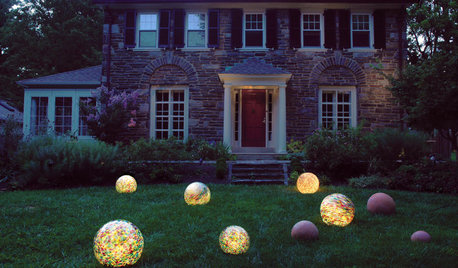
LIFEAt-Home Cures for Autumn’s Time Change Blues
The long, dark evenings of late fall and winter can be daunting. Lighten them up with these tips
Full Story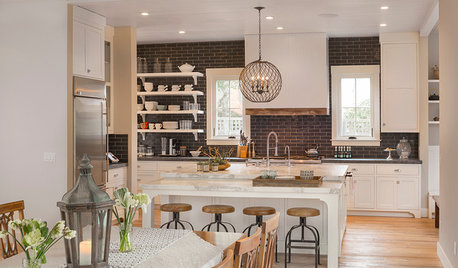
TRANSITIONAL HOMESHouzz Tour: Change of Heart Prompts Change of House
They were set for a New England look, but a weekend in the California wine country changed everything
Full Story
INSIDE HOUZZHow Much Does a Remodel Cost, and How Long Does It Take?
The 2016 Houzz & Home survey asked 120,000 Houzzers about their renovation projects. Here’s what they said
Full Story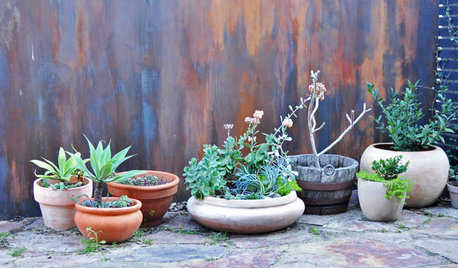
MATERIALSBack to the Earth: Fired Up Over Terra Cotta
The rustic baked-earth colors and textures of this clay-based material are having their time in the sun
Full Story
GARDENING GUIDESThe Poop Scoop: Enrich Your Soil With Good Old Manure
Get over the ick factor already — this natural super-ingredient for soil has so many benefits, you'll wonder why you ever went chemical
Full Story
GARDENING GUIDESGarden Myths to Debunk as You Dig This Fall and Rest Over Winter
Termites hate wood mulch, don’t amend soil for trees, avoid gravel in planters — and more nuggets of garden wisdom
Full Story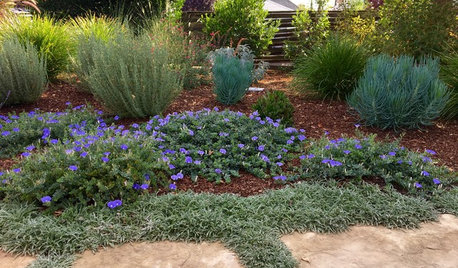
GARDENING GUIDESWhat to Do This Fall to Build Healthy Garden Soil
Take advantage of the cool season to improve soil texture and replenish nutrients
Full Story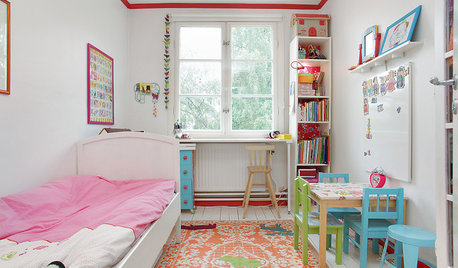
LIFEStop the Toy Takeover by Changing the Way You Think
Make over your approach and get gift givers onboard with your decluttering efforts by providing meaningful toy alternatives
Full StoryMore Discussions







gardengal48 (PNW Z8/9)